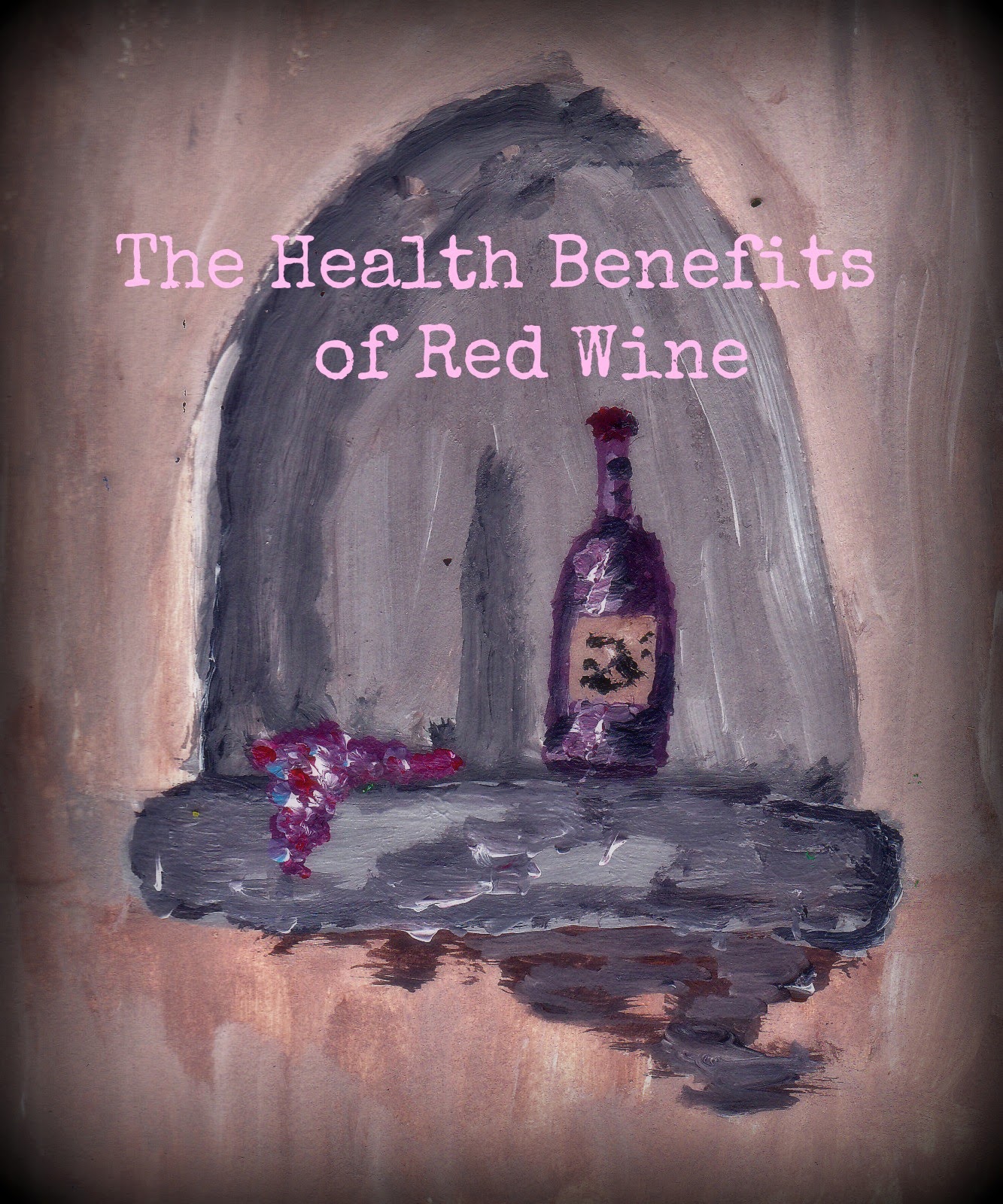Basic blocks are used as a foundation to more
advanced blocks in Kenpo. All blocks are designed to protect the most vital
parts of the body from injury. Vital areas include the body and head. A solid
blow to one of these locations may immobilize a person quickly putting them at
risk for further injury. Most of the blocking movements are swiping and
deflection designed to provide maximum protection. Learning the basic blocks is
often the very first actions to be learned in Kenpo as they are central to the
philosophy.
Both swiping and deflection try to change the
direction of a person’s attack while not necessarily stopping it. For example,
a punch to the head may be countered with a vertical outward block. The
opponent’s punch will still move forward but be directed to the side of the
head. The opponent’s attacking momentum often leaves open their own vital areas
thereby allowing for counter strikes. You will find in Kenpo that the opponent’s
momentum is effectively used against them.
It should be remembered that the best defense of all
is distance. When faced with an aggressive person the wisest choice is simply
to remove oneself from the situation. Making every effort to remove oneself and
deescalate the aggression protects one physically and morally from criticism.
Even black belts in kenpo will miss blocking a few punches and kicks from time-to-time
thereby enduring some risks of injury.
Practice the movements over and over until they are
internalized as a reaction.
Inward
Block: Palm comes to ear facing head. Arm is nearly
perpendicular. Swing the arm across the body to protect against straight
punches. The fist should be facing your body and end near your opposite
shoulder.
Extended
Outward Block: Bring hand to opposite ear and push outward
and across to protect body. Palm should end up facing downward and slightly
outward just beyond the same side as the connecting shoulder.
Vertical
Outward Block: Hand in fist moves to opposite side at
waste height. Move upward and outward to cover the entire mid region and face.
When finished the arm should be on the same side as connected shoulder and look
like you are making a muscle. This move protects against punches and grabs.
Downward
Block: Bring fist up to opposite head height with palm
facing opponent. Swing fist downward and to the opposite side to protect
against kicks.
Upward
Block: Push hand upward with palm facing outward and just
above and away from the head to protect against bashing.
Universal
Block: Combine
inward block with downward block to protect the midsection from a range of
attacks.
Videos are often worth a thousand words

